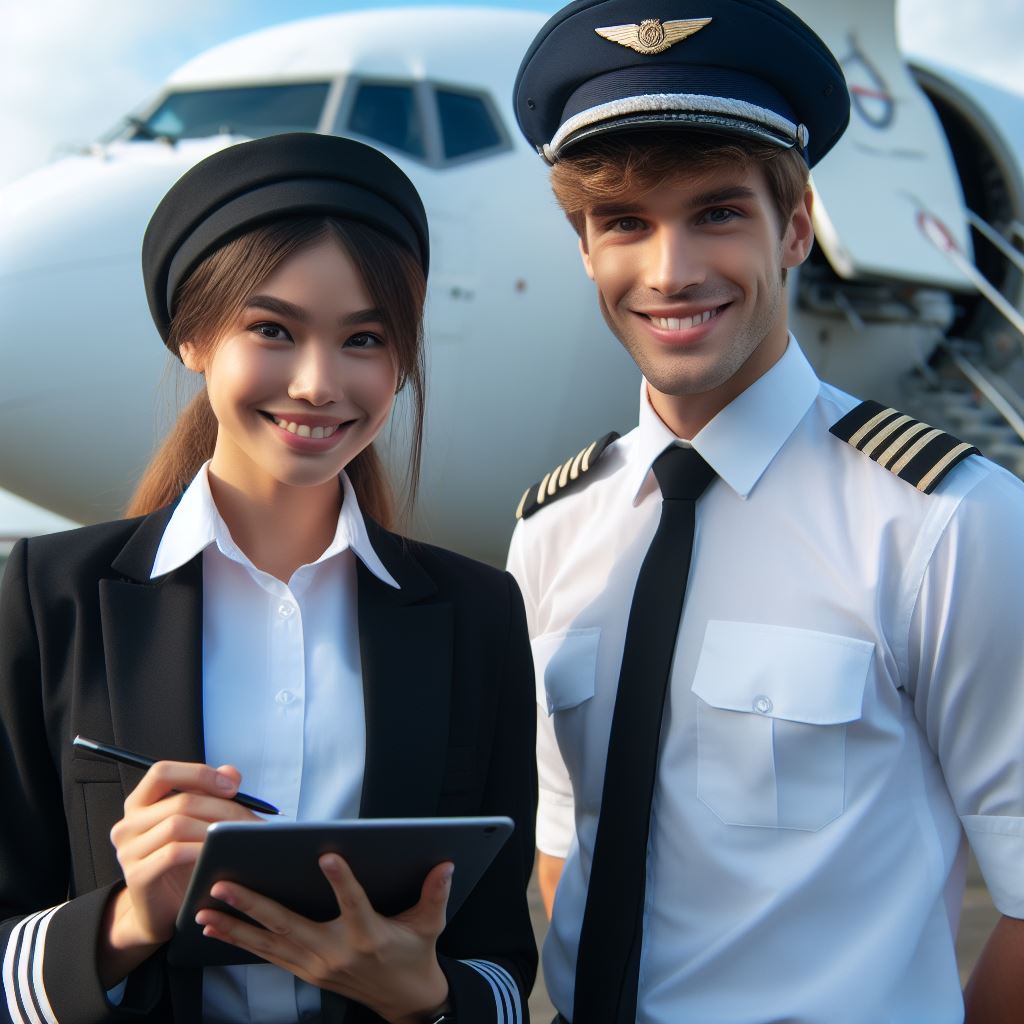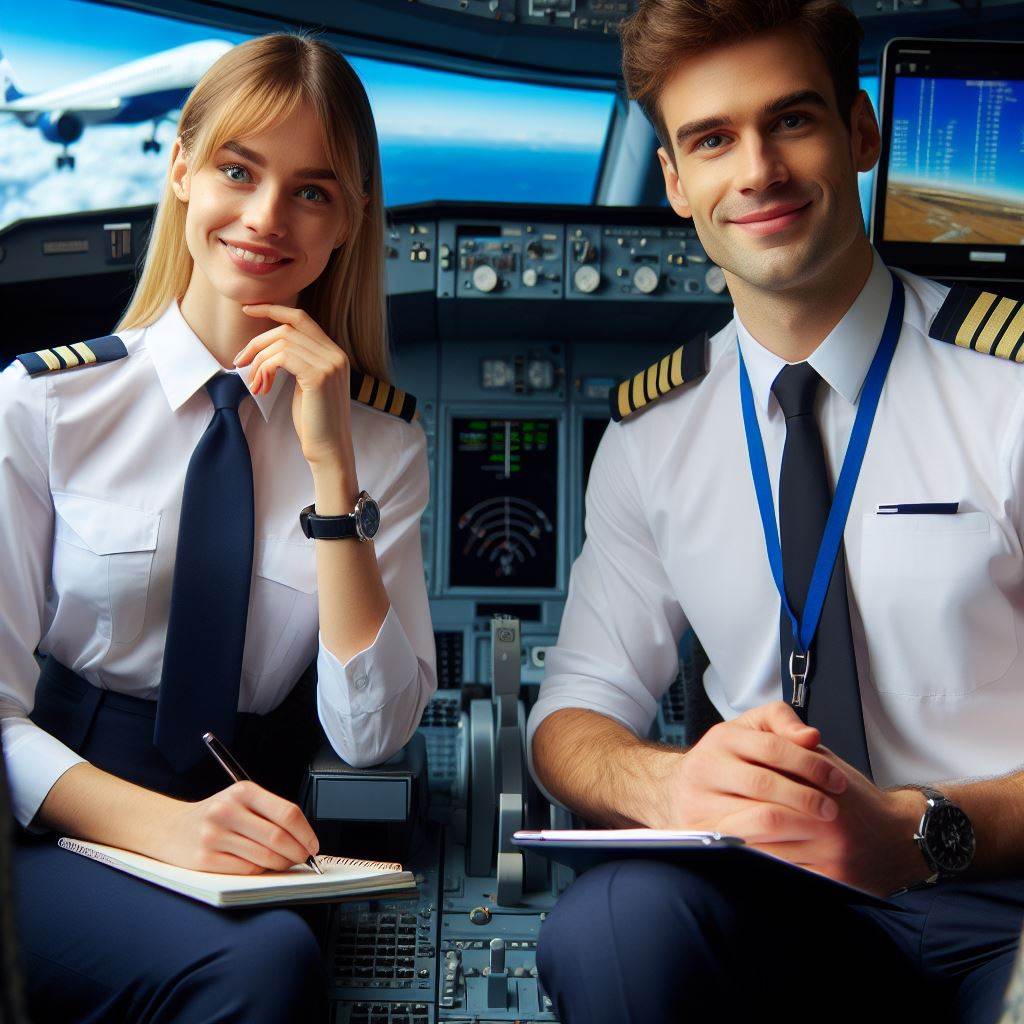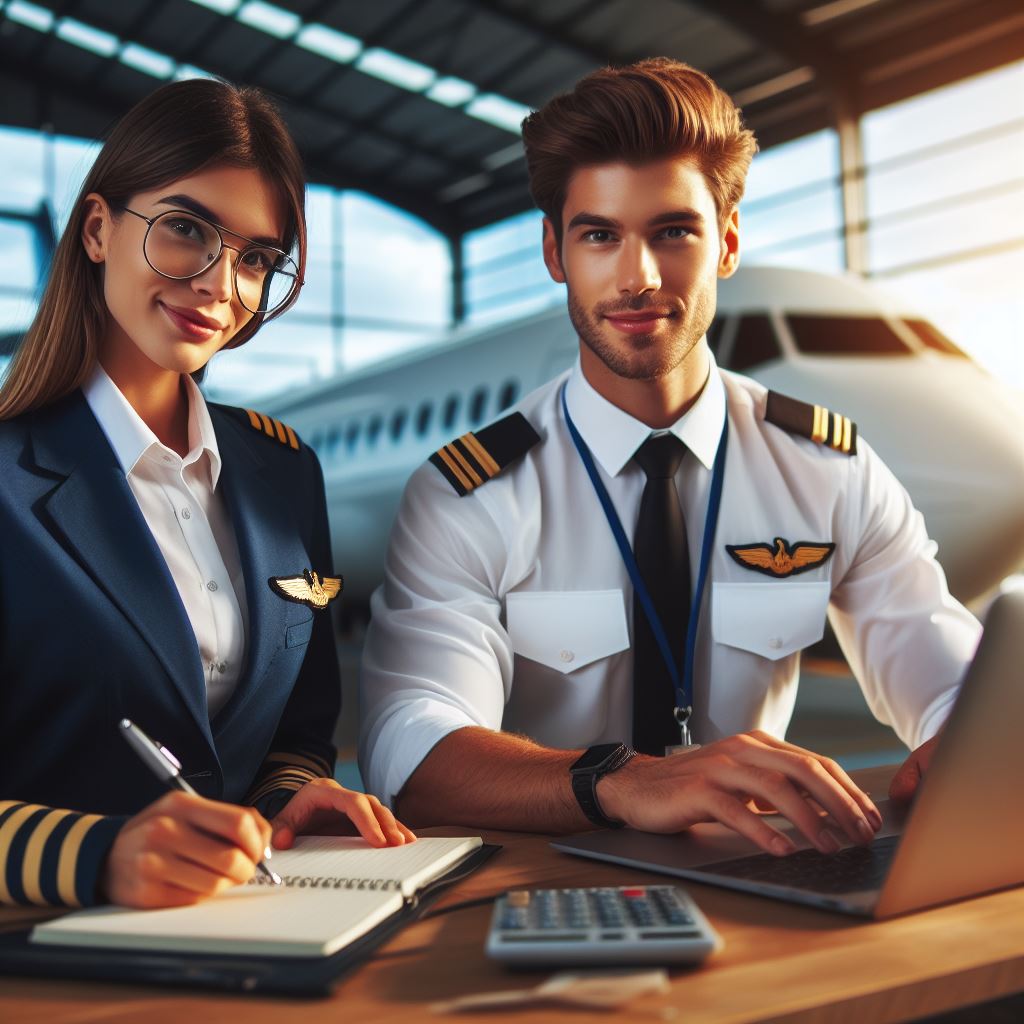Introduction
In Australia, flight training schools play a crucial role in producing skilled pilots.
As the demand for qualified pilots continues to grow, these schools have become increasingly important.
With the aviation industry expanding rapidly, training schools are essential for meeting this demand.
Students who attend these schools receive comprehensive instruction and practical experience, preparing them for successful careers in aviation.
These schools provide a structured curriculum that covers all aspects of flying, including theory, flight simulation, and practical training.
By attending reputable flight training schools, aspiring pilots can acquire the necessary skills and knowledge to excel in their profession.
In addition to theoretical and practical training, these schools also offer opportunities for networking and mentorship.
Students can learn from experienced pilots who provide valuable insights and guidance.
Moreover, flight training schools often have partnerships with airlines and aviation companies, which can lead to employment opportunities for graduates.
With the increasing demand for pilots in Australia, the importance of these training schools cannot be overstated.
Aspiring pilots must carefully choose the right institution that meets their needs and prepares them for a successful career in aviation.
By attending a reputable flight training school, they can ensure they receive the best education and training available in order to excel in the competitive aviation industry.
Criteria for Evaluation
A thorough evaluation of top Australian flight training schools involves considering certain criteria:
Accreditation and certifications
- Ensure that the flight training school is accredited by the appropriate aviation regulatory authorities.
- Look for schools that hold certifications from reputable international aviation organizations.
- An accredited and certified school exhibits commitment to maintaining high standards of training.
Reputation and experience
- Research the school’s reputation within the aviation industry and among former students.
- Consider the number of years the school has been operating and its track record of producing successful pilots.
- A school with a strong reputation and extensive experience is more likely to provide quality training.
Training programs and curriculum
- Review the training programs offered by the school and evaluate their comprehensiveness.
- Check if the curriculum aligns with international aviation standards and covers all necessary aspects of flight training.
- A well-designed training program ensures students receive a broad and in-depth education.
Facilities and resources
- Assess the quality of the school’s facilities, including classrooms, simulators, and aircraft.
- Consider the availability of modern training equipment, maintenance hangars, and aviation libraries.
- A school with well-maintained and up-to-date facilities provides a conducive learning environment.
Cost and financial assistance options
- Compare the cost of the training programs offered by different schools, including tuition fees and additional expenses.
- Look for schools that provide financial assistance options such as scholarships, loans, or payment plans.
- Considering your own budget and available financial aid can help you choose an affordable training option.
By carefully evaluating flight training schools based on these criteria, aspiring pilots can make an informed decision about their education and future career.
Conducting thorough research and visiting the schools in person can provide a more comprehensive understanding of the training programs and facilities available. Ultimately, choosing the right flight training school is a crucial step towards a successful aviation career.+
In this section, we will review three of the top flight training schools in Australia and provide an overview of each school.
Read: Data Analysis Techniques in Logistics
Top Australian Flight Training Schools
School 1: Overview
- Location and background information
- Accreditation and certifications
- Training programs offered
- Facilities and resources available
- Cost and financial assistance options
School 1 is located in the heart of Sydney and has been in operation for over 20 years. It is accredited by the Civil Aviation Safety Authority (CASA) and holds several certifications, including ISO 9001.
The school offers a range of training programs, from private pilot licenses to commercial pilot licenses. Students have access to state-of-the-art flight simulators and a fleet of modern aircraft. The school also provides financial assistance options, such as scholarships and payment plans.
School 2: Overview
- Location and background information
- Accreditation and certifications
- Training programs offered
- Facilities and resources available
- Cost and financial assistance options
School 2 is situated in Melbourne and has a rich aviation history. It is accredited by the Australian Skills Quality Authority (ASQA) and holds certifications from various industry bodies.
The school offers a comprehensive range of training programs, including flight instructor courses and aircraft maintenance engineering courses.
The facilities include modern classrooms, a fully-equipped hangar, and a dedicated maintenance workshop. The school provides financial assistance options, such as government funding and student loans.
School 3: Overview
- Location and background information
- Accreditation and certifications
- Training programs offered
- Facilities and resources available
- Cost and financial assistance options
School 3 is based in Brisbane and has quickly gained a reputation for excellence in flight training. It is accredited by the Royal Aeronautical Society (RAeS) and holds certifications from multiple aviation authorities.
The school offers a range of training programs, including specialized courses in aerobatics and instrument flying.
Students have access to a modern fleet of aircraft and advanced flight simulators. The school provides financial assistance options, such as flexible payment plans and partnerships with financing organizations.
These three flight training schools in Australia offer excellent programs for aspiring pilots.
Whether you are looking for a school in Sydney, Melbourne, or Brisbane, each school provides comprehensive training programs, state-of-the-art facilities, and various financial assistance options to help you achieve your aviation dreams.
Read: Women in Aviation: Aussie Pilots Breaking Barriers
See Related Content: Australian Ports and Logistics Management
Discover More: Health Tips for Long-Distance Truckers
Pros and Cons of Each School
Pros and Cons
- School 1 offers state-of-the-art facilities and equipment, providing a comprehensive flight training experience.
- The instructors at School 1 are highly experienced, ensuring top-quality training and guidance to students.
- One of the strengths of School 1 is its emphasis on safety measures and strict adherence to aviation regulations.
- However, the main weakness of School 1 is its relatively higher tuition fees compared to other flight training schools.
School 2: Pros and Cons
- School 2 has a diverse fleet of aircraft, providing students with a wide range of training experiences.
- The instructors at School 2 are known for their friendly and approachable nature, creating a comfortable learning environment.
- Another strength of School 2 is its flexible training schedule, allowing students to choose convenient timings.
- On the downside, School 2 has limited classroom space, which can sometimes affect the availability of ground instruction.
School 3: Pros and Cons
- School 3 has a strong reputation for producing highly skilled and competent pilots in the aviation industry.
- The instructors at School 3 have outstanding knowledge and expertise in various flight maneuvers and techniques.
- One of the strengths of School 3 is its focus on personalized training, tailoring programs to individual student needs.
- However, School 3 has limited aircraft availability, leading to potential delays in flight training progression.
When considering these flight training schools, it is essential to weigh the pros and cons of each option. While School 1 offers top-of-the-line facilities, experienced instructors, and a commitment to safety, the higher tuition fees may be a deterrent for some.
On the other hand, School 2 provides a diverse fleet, approachable instructors, and flexible training schedules, but the limited classroom space can be a drawback.
School 3 boasts a strong reputation, knowledgeable instructors, and a focus on personalized training, but the limited aircraft availability may hamper progress.
Ultimately, the decision on the best flight training school should be based on individual preferences, requirements, and budget.
Some students may prioritize advanced equipment and comprehensive training methods, while others may value a supportive and friendly learning atmosphere. Additionally, the availability of financial aid or scholarships may also influence the final decision.
It is important to thoroughly research and visit each flight training school, speak to current and past students, and consult with industry professionals before making a choice.
By considering the strengths and weaknesses of each school, aspiring pilots can find the right fit that aligns with their career goals and provides them with the necessary skills to succeed in the aviation industry.
Your Personalized Career Strategy
Unlock your potential with tailored career consulting. Get clear, actionable steps designed for your success. Start now!
Get StartedRead: Warehouse Management Insights for Analysts

Reviews and Recommendations
- A. Collect reviews and feedback from current and past students of each school.
- Reach out to students through online platforms, social media groups, and forums.
- Create a survey to gather feedback on various aspects of their training experience.
- Conduct interviews with selected students to gain more in-depth insights.
Summarize the overall sentiment towards each school.
- Analyze the collected reviews and feedback for common themes and patterns.
- Identify positive aspects highlighted by students, such as quality of instruction and facilities.
- Take note of any negative feedback regarding issues like administration or ineffective teaching methods.
Provide recommendations based on the evaluations.
For schools with positive sentiment, highlight their strengths and areas where they excel.
- Emphasize excellent instructor-student ratios and personalized attention.
- Mention advanced flight simulators and state-of-the-art equipment offered.
- Highlight success stories of alumni who have achieved notable careers in aviation.
Schools with mixed feedback, address the concerns raised by students and suggest improvements.
- Recommend implementing better communication channels between staff and students.
- Suggest incorporating new teaching techniques to keep training fresh and engaging.
- Advocate for transparent and efficient administrative processes to enhance overall experience.
For schools with consistently negative feedback, exercise caution when recommending them.
- Consider suggesting alternatives for potential students who may be seeking a more reputable institution.
- Encourage potential students to thoroughly research and visit other flight training facilities.
- Suggest seeking advice from industry professionals or experienced pilots for guidance.
Provide a comprehensive comparison table or chart summarizing the evaluations and recommendations.
- Include ratings based on categories like quality of training, safety standards, and overall satisfaction.
- Highlight standout features of each school to aid in decision making.
- Offer additional resources, such as links to official websites and contact information for further inquiries.
By collecting reviews and feedback, summarizing sentiments, and providing recommendations, prospective flight training students can make informed decisions about the best Australian flight schools for their aviation aspirations.
Read: A Day in the Life of an Aussie Airline Pilot
Learn More: Top Aussie Truck Models for Long Hauls
Conclusion
In closing, choosing the right flight training school is crucial for aspiring pilots in Australia.
Each institution offers unique benefits and opportunities.
Students must consider factors like reputation, accreditation, facilities, and instructor expertise.
Conduct thorough research and visit multiple schools before making a decision.
Look for schools with modern aircraft, simulators, experienced instructors, and comprehensive training programs.
Consider the cost of training and financial assistance options available.
Additionally, prioritize schools with a strong safety record and commitment to student success.
Remember, the training school you choose will shape your future aviation career.
So, take your time, ask questions, and make an informed choice.
With dedication and perseverance, you can fulfill your dream of becoming a pilot in Australia.
Good luck on your aviation journey!




